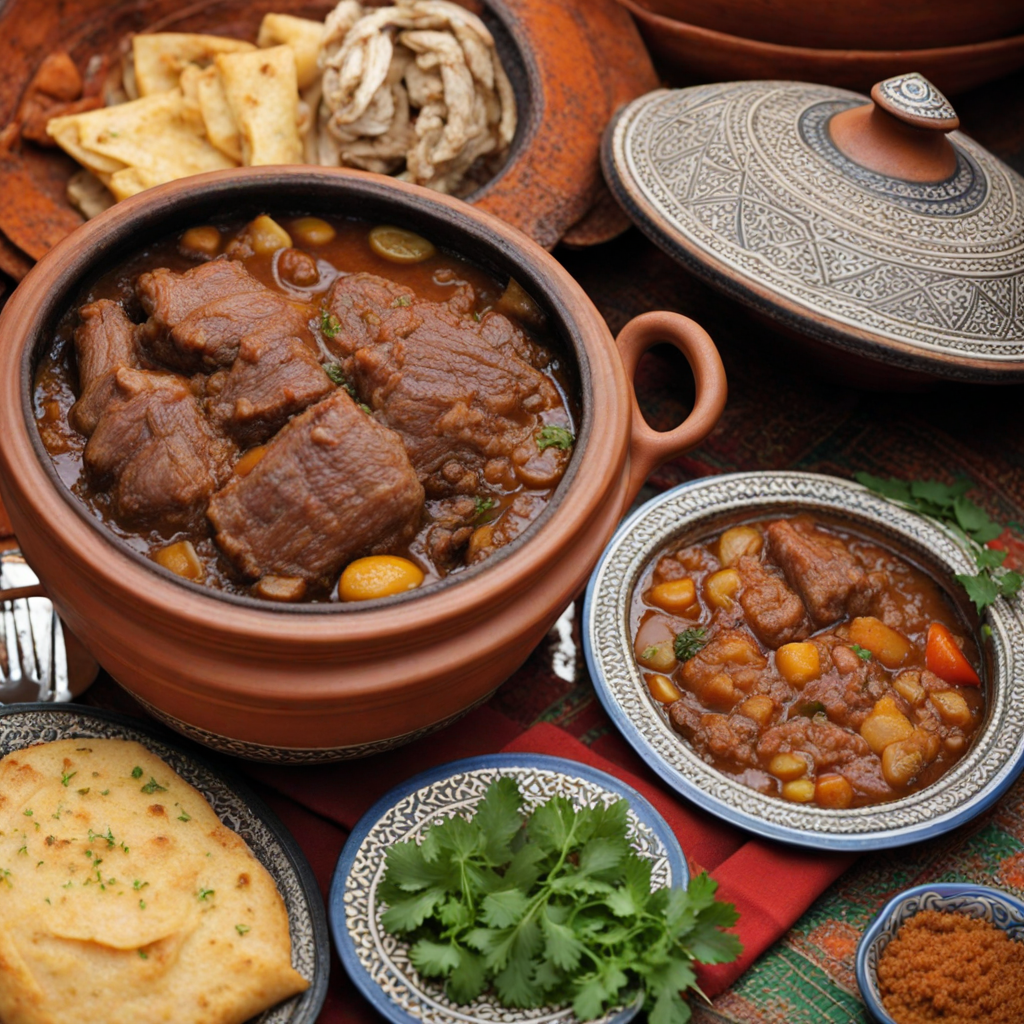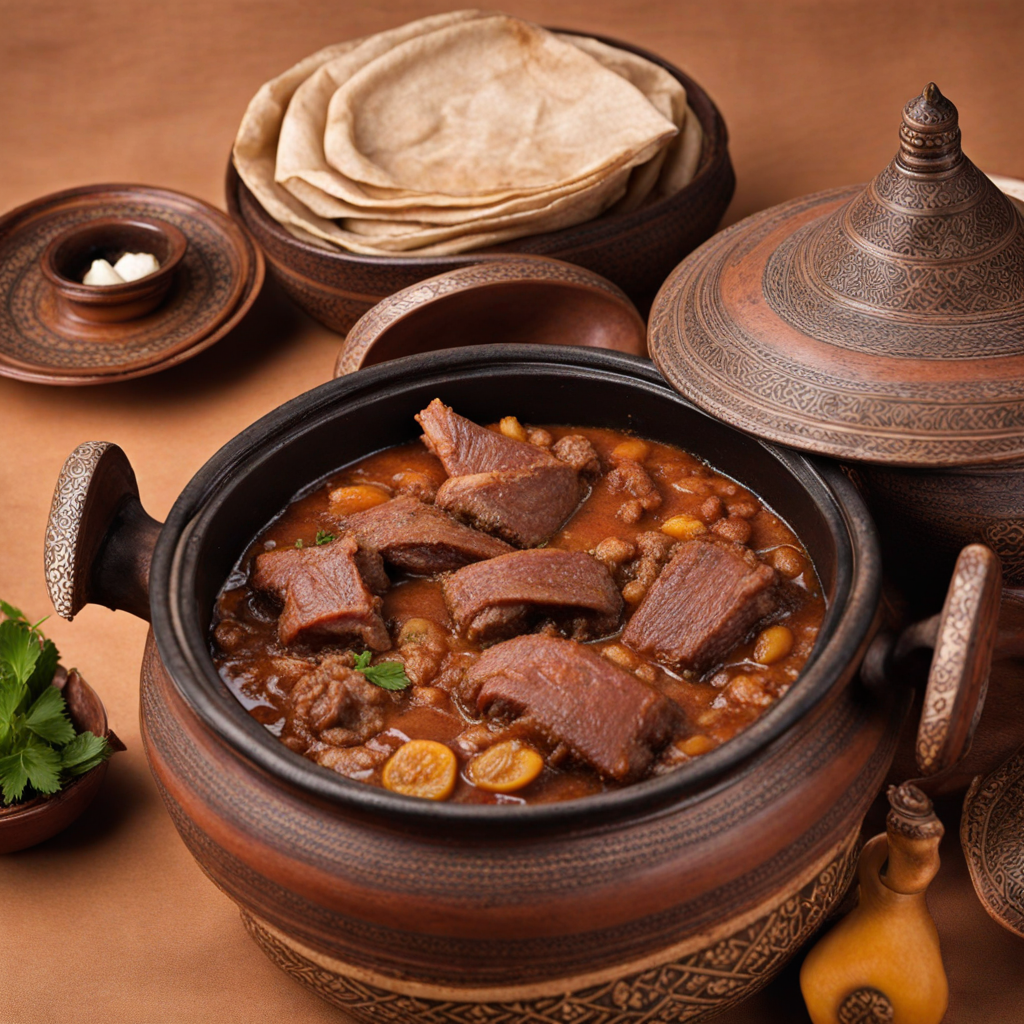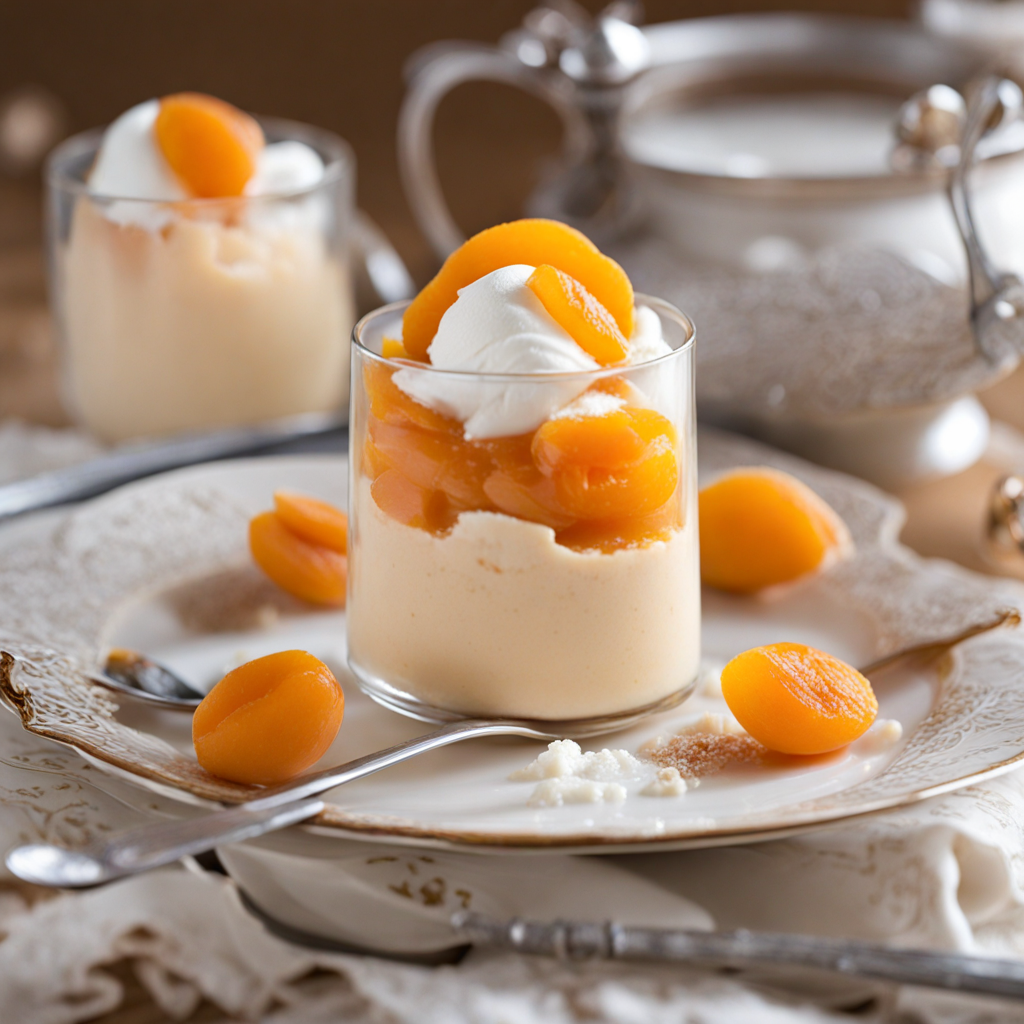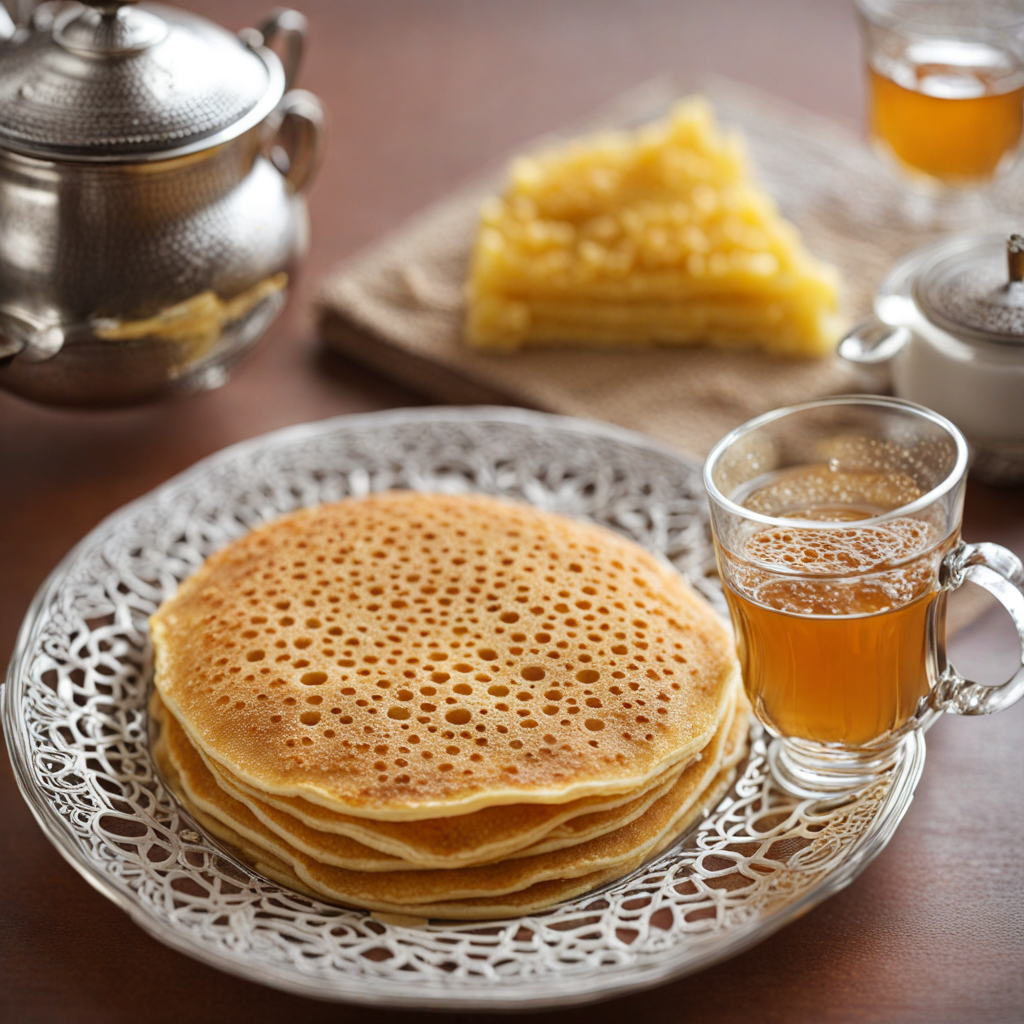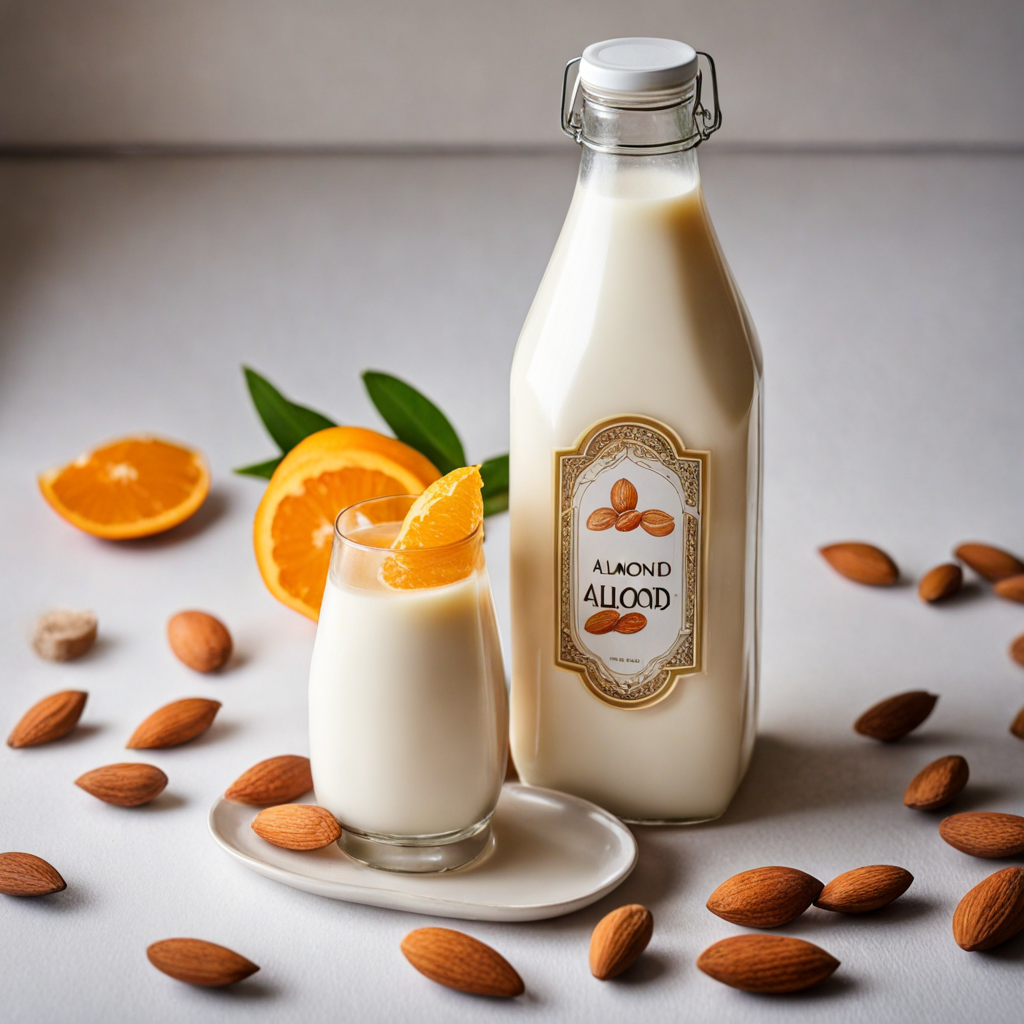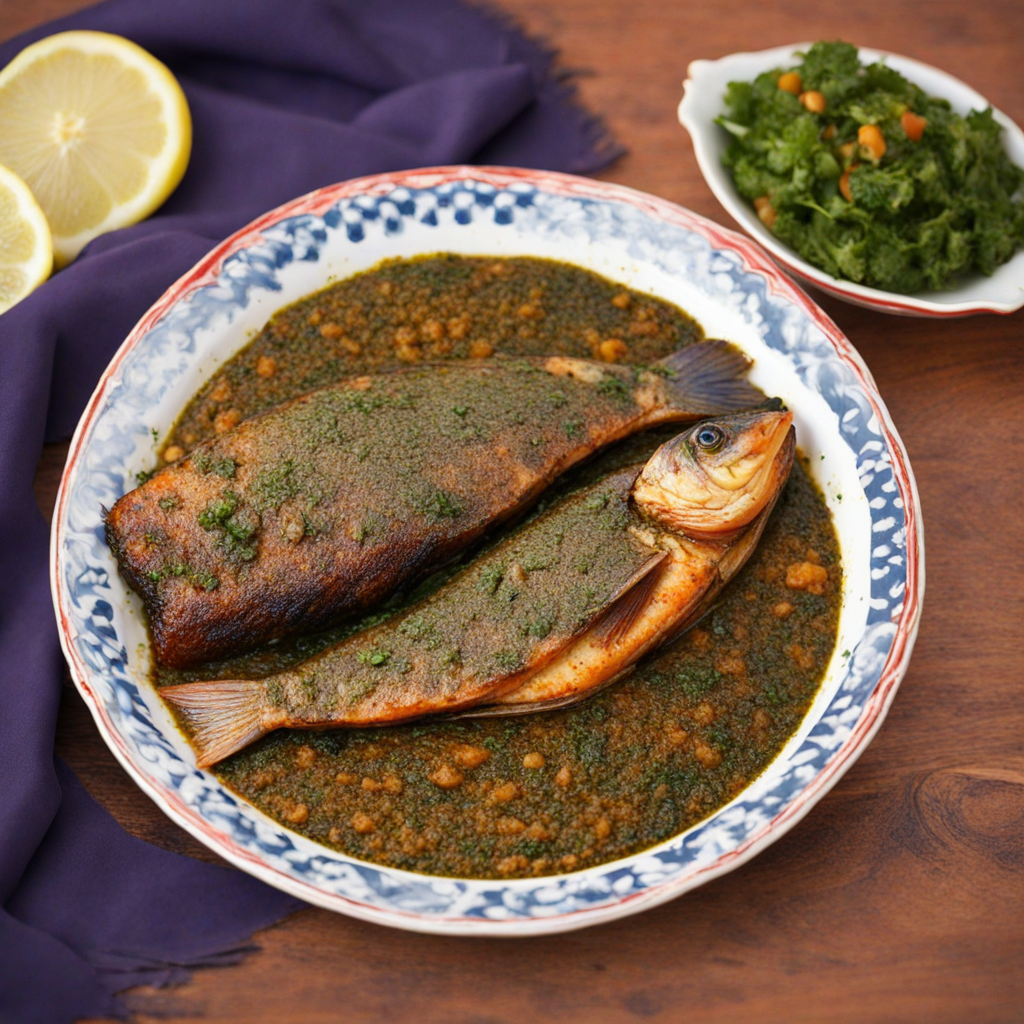Tanjia
Tanjia is a traditional Moroccan dish that embodies the rich culinary heritage of the country, particularly the city of Marrakech. This dish features tender pieces of meat, often lamb or beef, which are marinated in a blend of aromatic spices, including cumin, coriander, and garlic. The marinade, infused with olive oil and preserved lemon, imparts a unique tangy flavor that sets Tanjia apart from other Moroccan dishes. The meat is then slow-cooked in a clay pot, called a 'tanjia,' which allows the flavors to meld beautifully and results in a succulent, melt-in-your-mouth texture. The cooking method is integral to Tanjia's charm. Traditionally, the dish is prepared in large quantities and cooked overnight in the embers of a wood fire, allowing the meat to absorb the smoky flavors while becoming incredibly tender. This communal aspect of cooking reflects the Moroccan ethos of sharing and hospitality, making Tanjia a popular choice for family gatherings and special occasions. When served, it is often accompanied by crusty bread, perfect for soaking up the rich, flavorful sauce that develops during the long cooking process. What makes Tanjia truly special is not just its taste but the experience surrounding it. The dish is often served with a side of olives and a fresh salad, enhancing its robust flavors with a contrast of textures and tastes. Each bite of Tanjia offers a glimpse into Moroccan culture, showcasing the importance of spices and communal meals. For those looking to explore new culinary horizons, Tanjia is a delightful journey into the heart of Morocco’s vibrant food scene.
How It Became This Dish
The History of Tanjia: A Culinary Gem of Morocco #### Origins Tanjia, a traditional Moroccan dish, hails from the vibrant city of Marrakech, situated at the foothills of the Atlas Mountains. This dish, characterized by its unique cooking method and rich flavor profile, has deep roots in Berber culture and is emblematic of the region's historical intersection of Arab, Berber, and Andalusian influences. The name "Tanjia" is derived from the Arabic word "tanjiya," which refers to the traditional clay pot in which the dish is cooked. The preparation of Tanjia is intrinsically linked to the practices of local artisans, particularly those who specialize in pottery. These clay pots are designed to withstand the intense heat of a wood fire, allowing for a slow-cooking process that infuses the meat with a depth of flavor. Historically, Tanjia was a dish prepared by men, particularly during special occasions, such as weddings and communal gatherings. The dish was often associated with the work of the "marrakchi" men, who would gather their ingredients and prepare them in the early morning, leaving the pot to cook during the day. By evening, the tantalizing aroma would fill the air, drawing family and friends together for a communal feast. #### Cultural Significance Tanjia is more than just a dish; it is a symbol of community and celebration in Moroccan culture. The act of preparing Tanjia is often communal, with family members or neighbors coming together to share in the process. This collaborative effort fosters a sense of belonging and reinforces social bonds, making Tanjia an integral part of Moroccan hospitality. The dish is often prepared during the "Moulay Abdellah" festival, a significant event in Marrakech that honors the local saint. During this time, Tanjia is made in large quantities to feed the crowds that gather for the festivities. The preparation of Tanjia has become synonymous with the celebration itself, as people share stories, laughter, and food, embodying the spirit of Moroccan culture. Moreover, Tanjia reflects the culinary diversity of Morocco. The dish showcases the use of local ingredients, such as lamb or beef, spices like cumin and saffron, and preserved lemons, which are staples in Moroccan cuisine. The flavors of Tanjia are a testament to the agricultural bounty of the region and the rich tapestry of cultural influences that have shaped Moroccan culinary practices over centuries. #### Development Over Time As with many traditional foods, Tanjia has evolved over time while retaining its core characteristics. In its early iterations, Tanjia was cooked over open flames using simple ingredients that were readily available to local communities. The original recipes varied by household, with each family adding their own twist to the dish, whether through the choice of meat or the combination of spices. With the advent of tourism in Marrakech, the preparation and presentation of Tanjia have undergone significant transformation. Today, many restaurants cater to the tastes of international visitors, offering a more polished version of the dish that still honors its traditional roots. While some establishments maintain the communal cooking method, others have adapted the recipe for quicker preparation, utilizing modern kitchen equipment while striving to preserve the essential flavors that define Tanjia. Despite these changes, the essence of Tanjia remains deeply rooted in its history. The communal aspect of the dish persists, as many families still prepare Tanjia for special occasions, serving it in the traditional manner, often with crusty Moroccan bread for dipping. This nod to tradition amidst modernity highlights the resilience of Moroccan culinary practices. #### Ingredients and Preparation The traditional Tanjia recipe typically features lamb, which is marinated in a blend of spices, including cumin, garlic, and saffron. The marinated meat is then placed in a clay pot, often layered with preserved lemons and olives, which contribute to the dish's distinctive flavor. The pot is sealed, usually with a lid or dough, to trap in moisture, and then placed in a slow-cooking environment, either buried in hot coals or set over a low flame. The slow cooking method is key to achieving the tender, flavorful meat that Tanjia is known for. The extended cooking time allows the spices to meld and the meat to absorb the aromatic flavors, resulting in a dish that is both hearty and fragrant. When served, Tanjia is often accompanied by a side of couscous or fresh bread, allowing diners to savor every bite. In recent years, chefs and home cooks alike have experimented with variations of Tanjia, incorporating different meats, such as chicken or even vegetarian options, and experimenting with additional spices or ingredients. This adaptability speaks to the dish's enduring appeal and its capacity to evolve while remaining true to its roots. #### Conclusion Tanjia is more than just a dish; it is a culinary narrative that encapsulates the history, culture, and social fabric of Morocco. From its origins in the heart of Marrakech to its role in contemporary Moroccan cuisine, Tanjia embodies the spirit of community, celebration, and the rich tapestry of flavors that define Moroccan food. As Moroccan cuisine continues to gain international recognition, Tanjia stands out as a symbol of the country’s culinary heritage, inviting food lovers around the world to partake in its rich flavors and communal traditions. Whether enjoyed in a bustling Marrakech restaurant or prepared at home for family gatherings, Tanjia remains a cherished dish that connects generations and celebrates the essence of Moroccan culture.
You may like
Discover local flavors from Morocco


